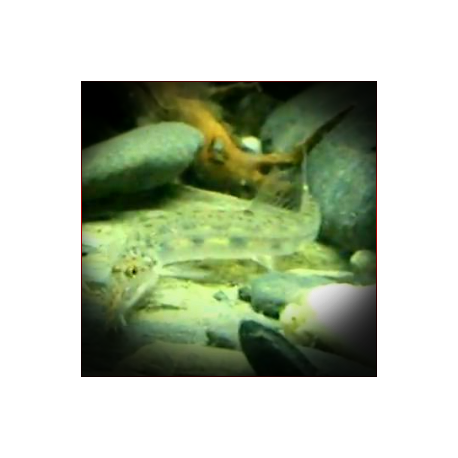More info
Datasheet
| Minimum Tank Size | 60 litres / 15.85 US gallons |
| Maximum Size | 6.5cm / 2.56inches |
| Temperature | 20°C / 68.00°F - 24°C / 75.20°F |
| Hardness | 1.01dgH / 18ppm - 10.03dgH / 179ppm |
| pH | 5.5-7.0 |
General Description
Acanthopsoides, known as dwarf horse-face loaches, are closely related to horse-faced loaches. The genus comprises five species, described by Siebert in 1991, with a shared body structure and distinct patterning of blotches along the body. They are commonly found in the aquatic trade but can be challenging to identify accurately.
Aquarium Setup
Acanthopsoides require a soft, sandy substrate to mimic their natural habitat where they spend time buried or partially buried. Proper decor such as water-worn rocks, driftwood, and leaf litter should be added to provide hiding spots and shaded areas. Dim lighting is suitable, and high flow rates should be avoided. Care must be taken to prevent small specimens from entering filter intakes as loaches are known to jump.
Behaviour
Acanthopsoides are peaceful fish that do well when kept in groups of six or more. They show no aggression towards tankmates and feel more secure when housed with peaceful upper-water column dwellers. The presence of schooling cyprinids can help reduce their timidity as these loaches interpret the lack of fish in the upper water column as a sign of danger.
Feeding and Diet
These loaches feed by sifting mouthfuls of substrate through their gills to extract insect larvae and small crustaceans. A varied diet consisting of sinking dried foods, live, and frozen options like Artemia, Tubifex, Daphnia, and bloodworm is recommended to meet their nutritional needs.
Reproduction & Dimorphism
Limited information is available on the reproduction of Acanthopsoides in aquariums, with only one documented instance of fry being found. Mature males exhibit enlarged pectoral fins with breeding tubercules, while females are typically larger and heavier-bodied than males.
Habitat and Distribution
Acanthopsoides are typically found in flowing, clear-water river channels with sandy, gravel, or muddy substrates. Although specific distribution data is lacking, these loaches are likely collected in regions like Thailand or Peninsular Malaysia.

